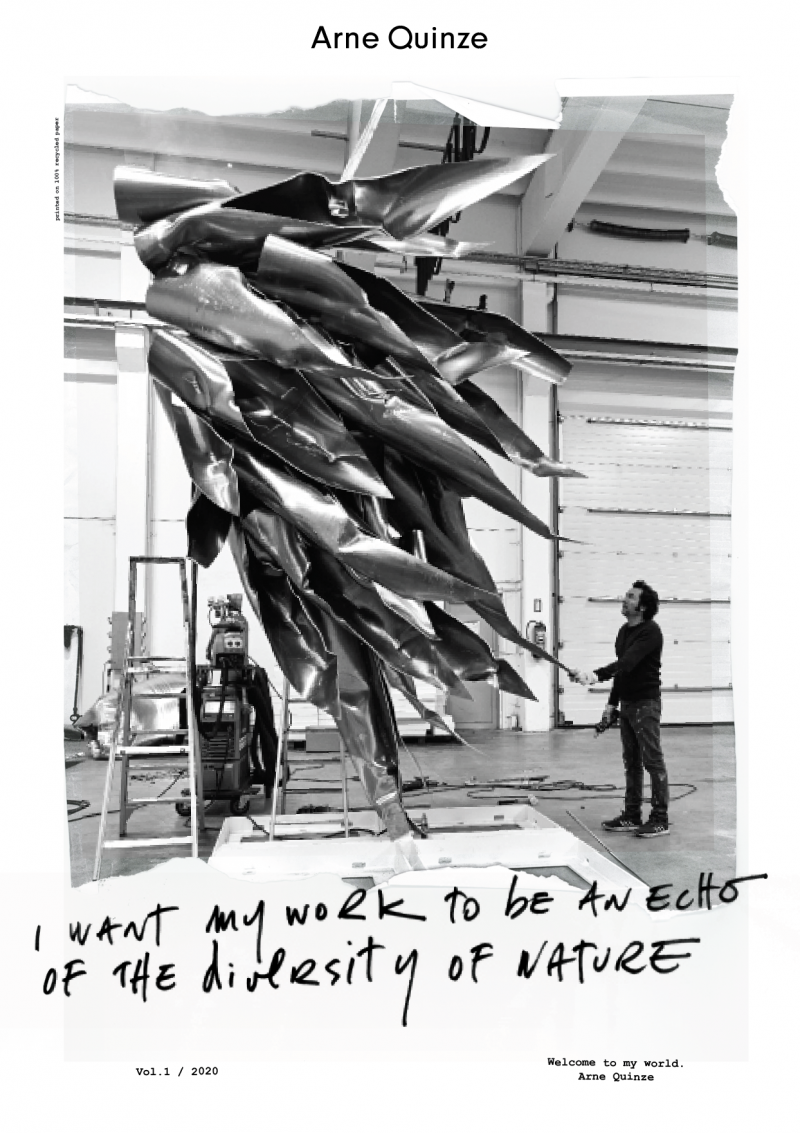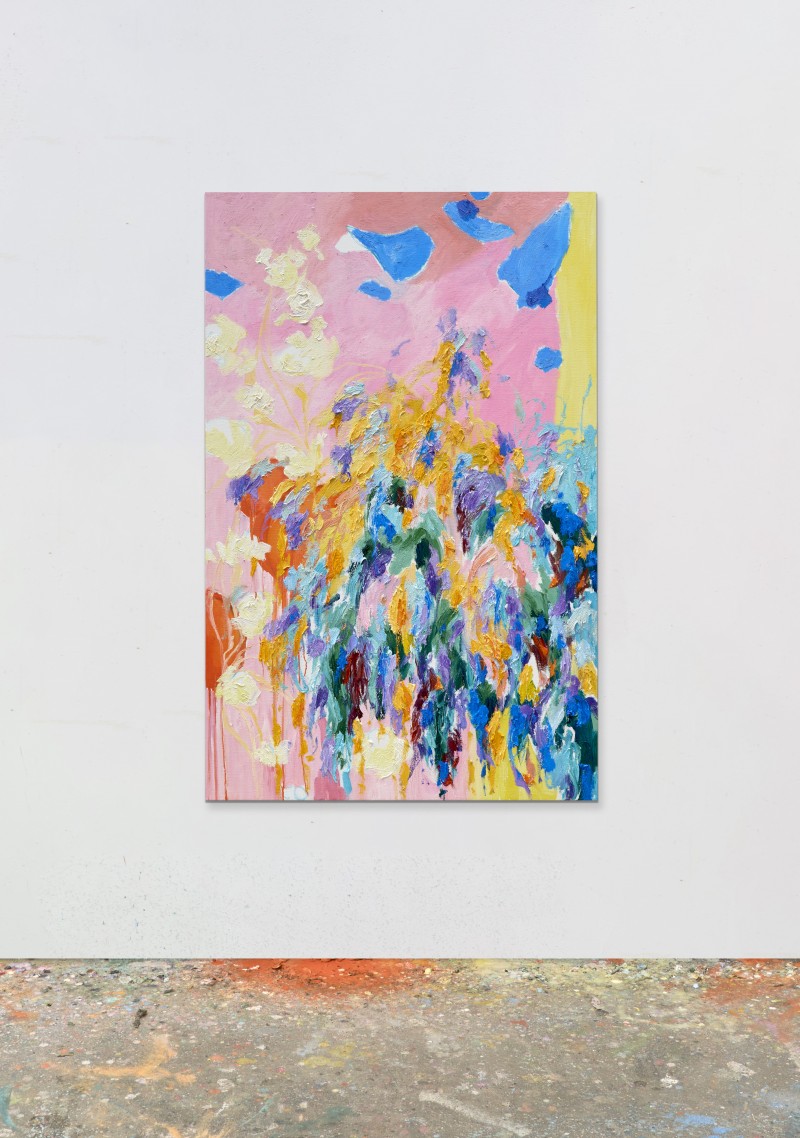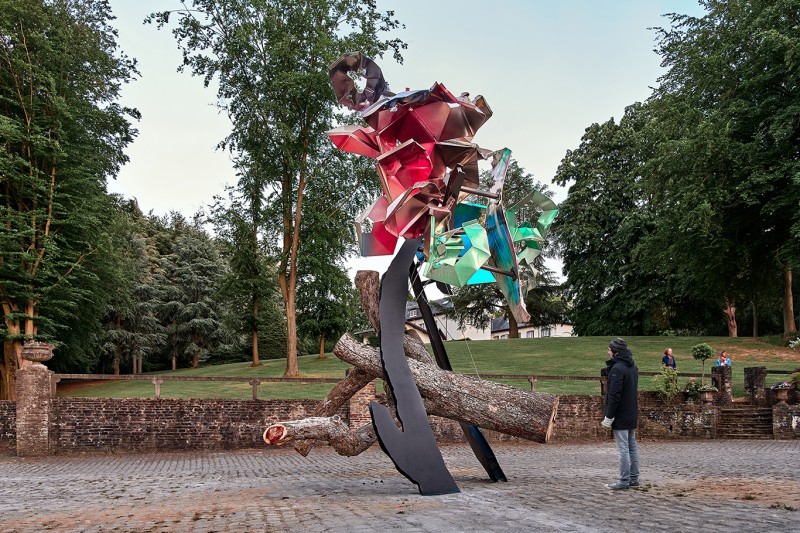
Upcoming - city introduction visuals — Sao Paolo, Brasil
Tupi Stilthouse
Cidade Matarazzo, São Paulo’s new green lung along Avenida Paulista, will surely contrast with the surrounding grey skyscrapers. And it will be topped with this colourful new totem for diversity by artist Arne Quinze.
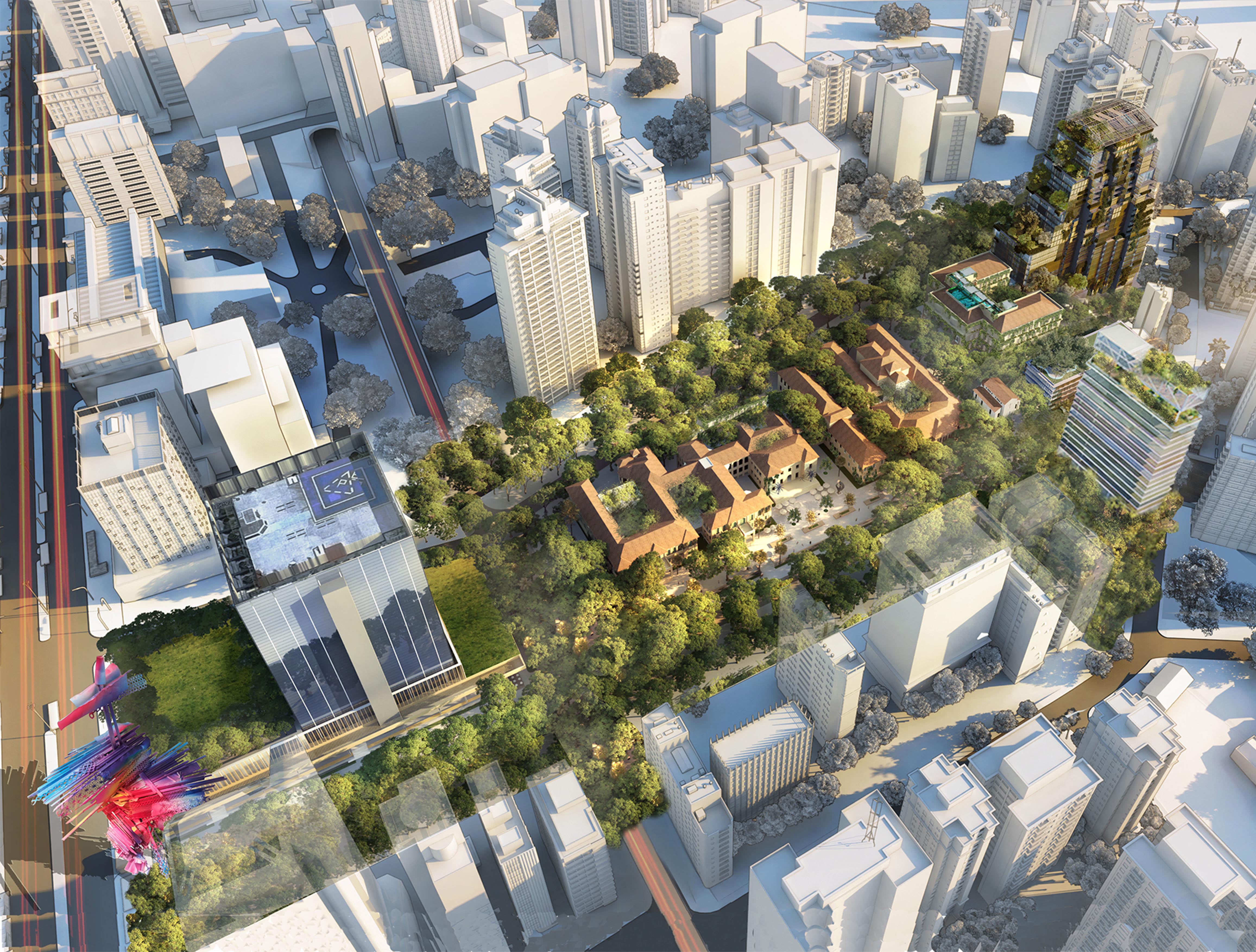
“What struck me first was precisely the surrounding tower blocks; they have nothing in common with the maternity ward. Moreover, these tall buildings aren’t characteristic of any particular city. All I can see is the automatic reproduction of an international mode, mindlessly airdropped without any sense of place. I wanted nothing to do with these towers. As you draw near Matarazzo, and upon entering, what strikes you is the microclimate that dominates the place. Tall trees create a sheltered space that is particularly inspiring. So I decided to further the spirit of the place, the soul of this small paradise made out of tall trees. I have envisioned the antithesis of São Paulo’s towers.”
— Jean Nouvel
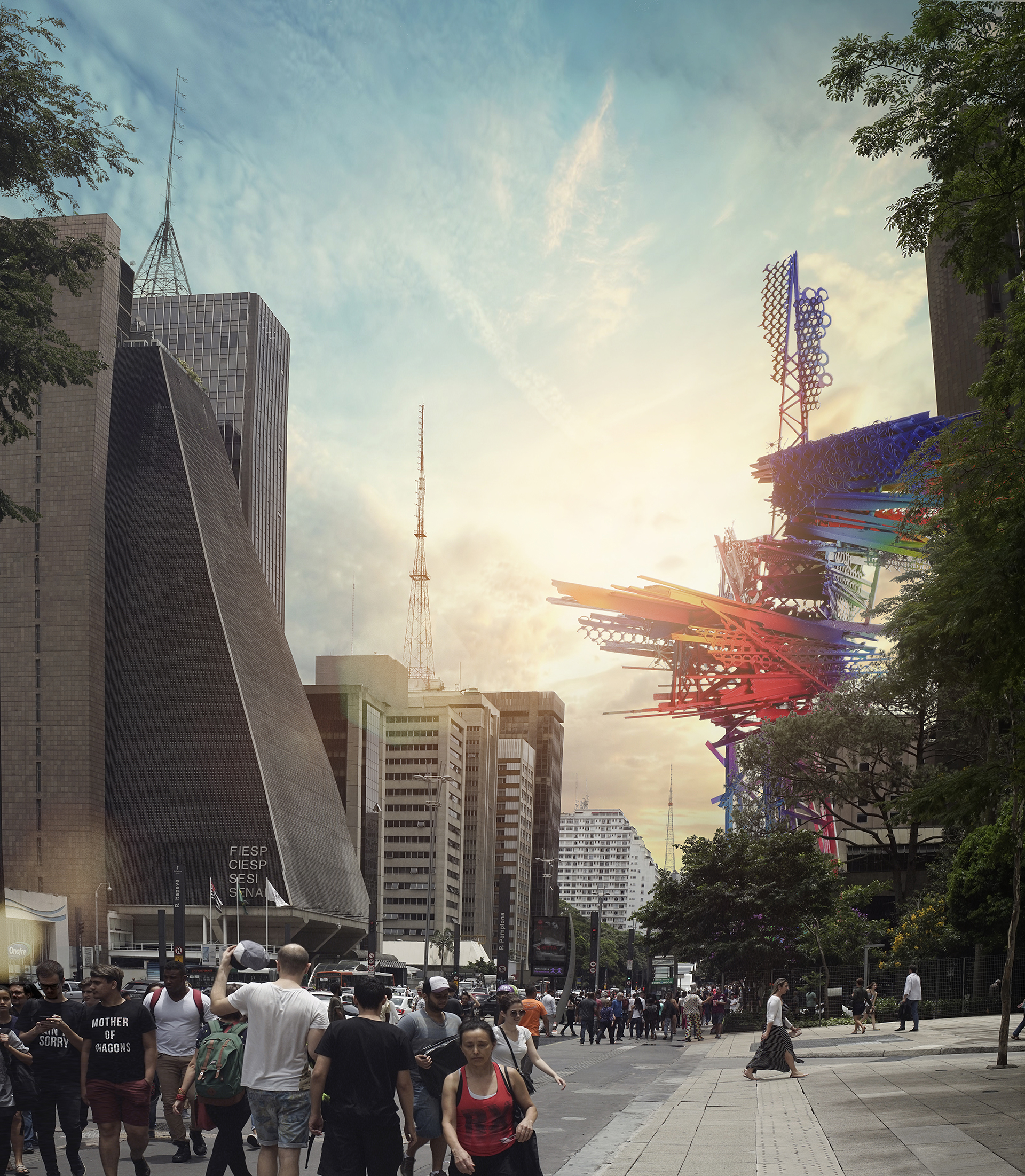
Brazil is a land of migration. And this is particularly true in São Paulo. As Alexandre Allard — the initiator of the project — points out, “it’s a land of religious, cultural and natural diversity. São Paulo is the first black city in America, the second Italian city after Rome, the second Japanese city after Tokyo, but also the first Lebanese city before Beirut.” Committed to pay tribute to the 100 communities living in São Paulo, Belgian artist Arne Quinze imagined Tupi, the highest contemporary sculpture in the world. This major artwork will provide the city the symbol it deserves.
Christelle Granja: You designed a monumental 75-metre-high multicoloured sculpture that will stand at the entrance of Cidade Matarazzo. How will Tupi be a totem?
Arne Quinze: Tupi embodies the fabulous Brazilian diversity, unique in the world. The sculpture is named after the Tupis who are the original inhabitants of Brazil. So it is a tribute to the past, but even something more: Tupis are still very much present today in the Paulistanos’ DNA. São Paulo is my favourite city, here I feel the same energy as in the New York of the 1980s. A strength and an extraordinary creativity are blossoming here today. And yet when we look at this economical capital on Google it just shows ugly grey buildings. Rio de Janeiro has its Christ the Redeemer, but what about São Paulo? I wish to give the city a symbol its inhabitants can be proud of: a totem of its diversity with a worldwide reach. Tupi must be worthy of São Paulo, of its strength and its dynamics: it will be 75 metres high, my biggest sculpture yet. In this the work shares the ambition of Cidade Matarazzo, an international showcase of Brazilian nature and creativity.
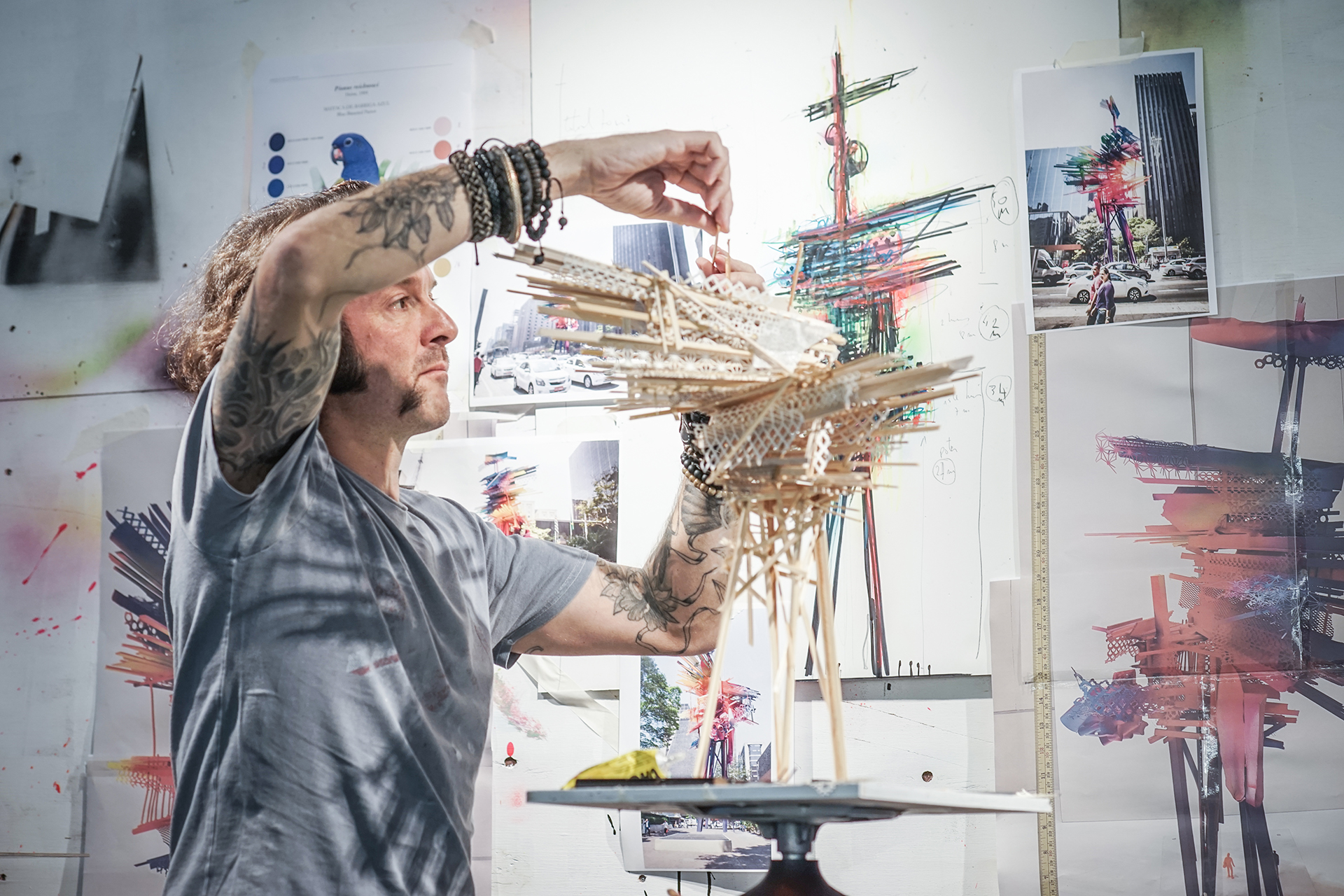
Christelle Granja: Reintroducing the beauty of nature in an urban setting is ever-present in your work. Is this again the case with Tupi?
Arne Quinze: Since 1971, we humans have succeeded in destroying 30% of the fauna and the flora. It seems to me essential to instill colour in our cities to reconnect with Nature. The image of the parrot, typical of the local fauna, seemed obvious for embodying this Brazilian exuberance. Tupi will be a multicoloured radiance that will contrast with the grey of the surrounding buildings, breaking the monotony of the huge Paulista Avenue and highlighting the amazing MASP, the museum designed by Lina Bo Bardi, another Brazil lover. To recreate this closeness to nature we must foster a connection between this sculpture and Brazilians. In addition to its role as a city landmark, passers-by will be able to stroll among its steel pillars and beams. Besides, every nationality and culture will be at home here: for its inauguration each tribe, each community, will be able to offer a symbol that will be engraved or integrated in the sculpture. Oskar Metsavaht, the founder of Brazilian brand Osklen and UNESCO goodwill ambassador, is guiding me in this jungle of human diversity to be able to perform this essential participative aspect of Tupi.
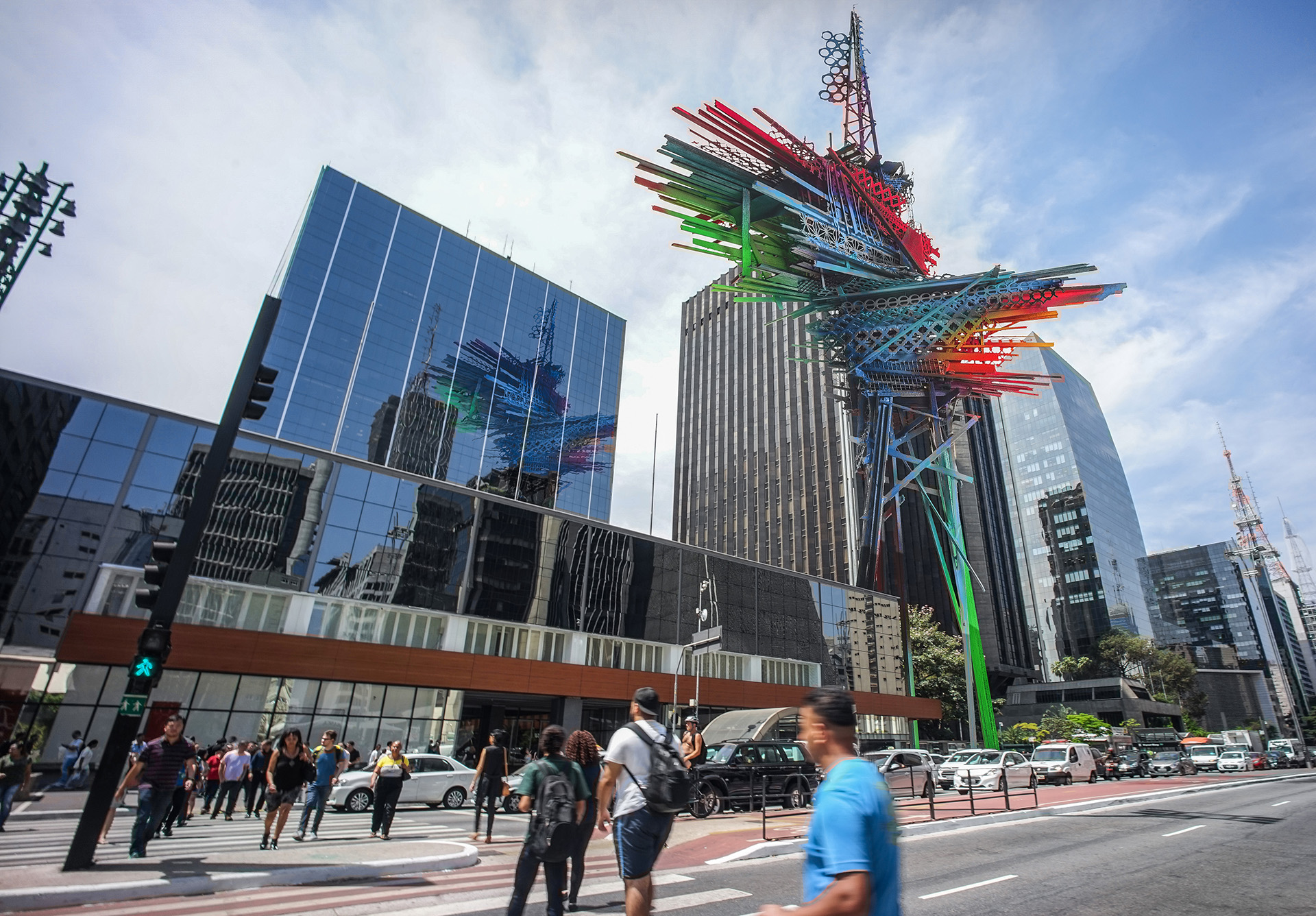

Rudy Ricciotti, contributing architect: "I advocate a territorialised production, and this project is based on the idea of resisting the damaging effects of globalisation,” Rudy Ricciotti claims. Thanks to the use of concrete the architect can create this desired proximity with a social, economic, and cultural environment: Brazil. Architecture through material... and territory."

The concept for Cidade Matarazzo, São Paulo’s new green lung, is simple: take an opposite stance from the concrete urban landscape built over the last 30 years, bury road traffic, improve mobility, work with nature to remedy the city’s pollution, buffer noise pollution and plant over 10,000 trees and thereby create a genuine urban forest in the very heart of the city. Landscape architect Benedito Abbud describes the chosen concept: “a luxuriant vegetation and a broad diversity of forms and textures, to create distinct spaces and unusual perspectives, which will surprise and enchant visitors along their journey.”
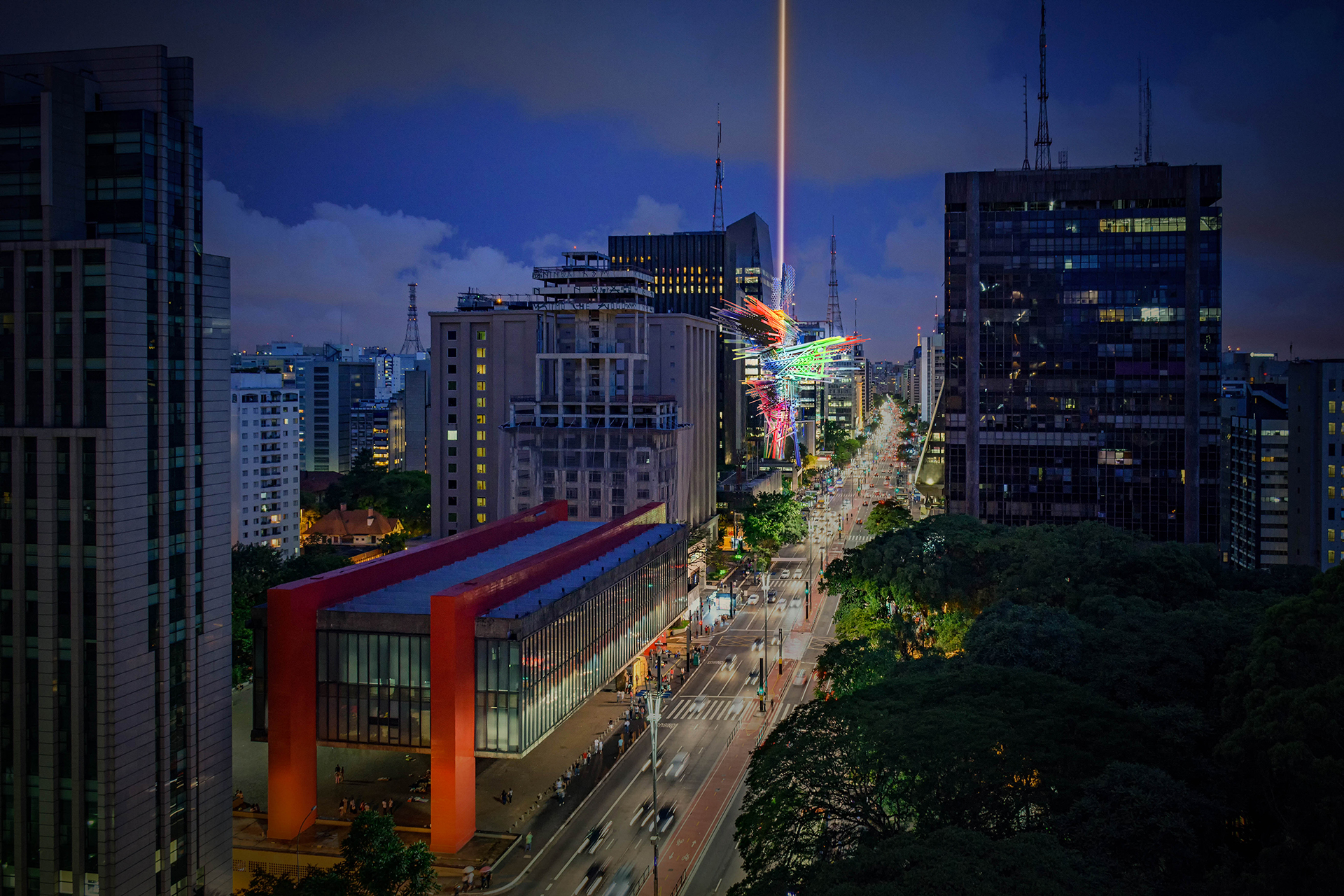
Cidade Materazzo is a project under the architectural guidance of Jean Nouvel and Rudy Ricciotti, initiated by Alexandre Allard, planned for completion in 2021 — 2022.
Drawings, thoughts, sculptures and paintings
Arne Quinze news Vol. 1 / 2020
The Amazonia Edition
Rehsonia, a Wildflower Fields painting
In the garden surrounding the house of Arne Quinze, over 80 000 wildflowers are planted which...
Private garden sculpture
The Apple Tree Saver
The ‘Apple Tree Saver’ illustrates nature’s quest for balance. The sculpture takes a dead tree...
